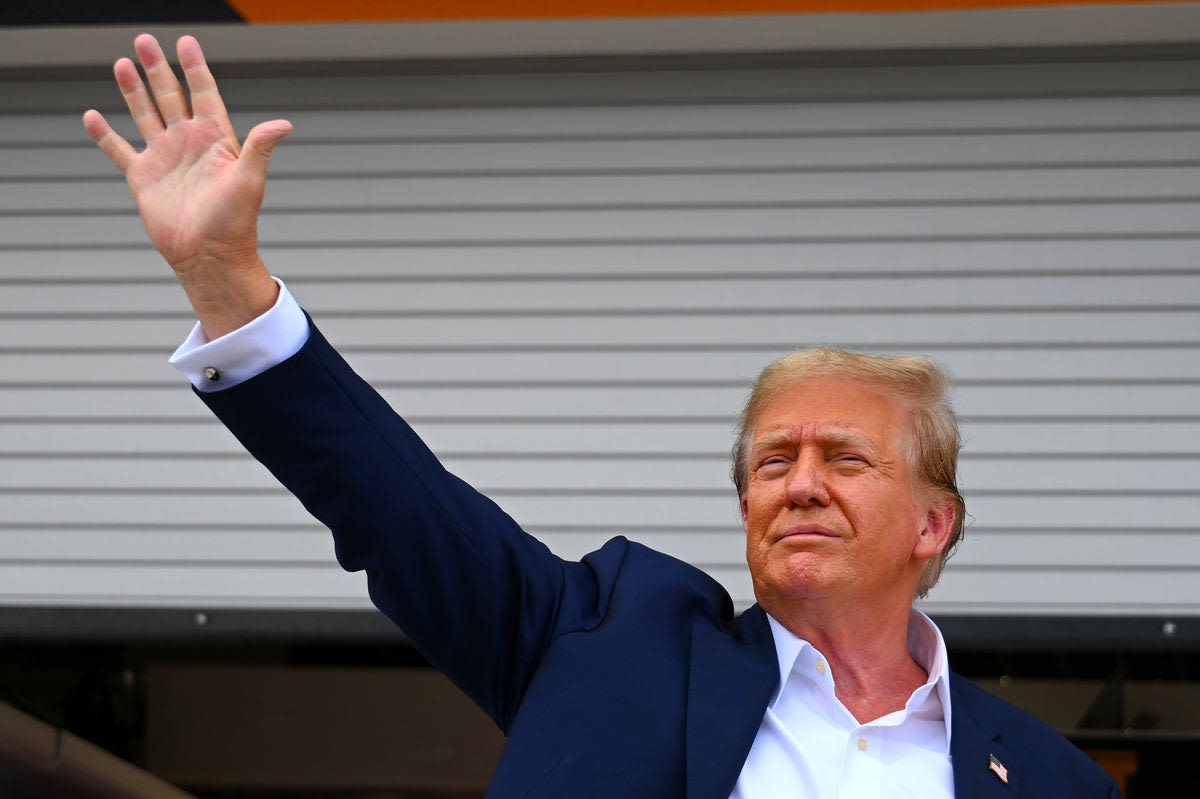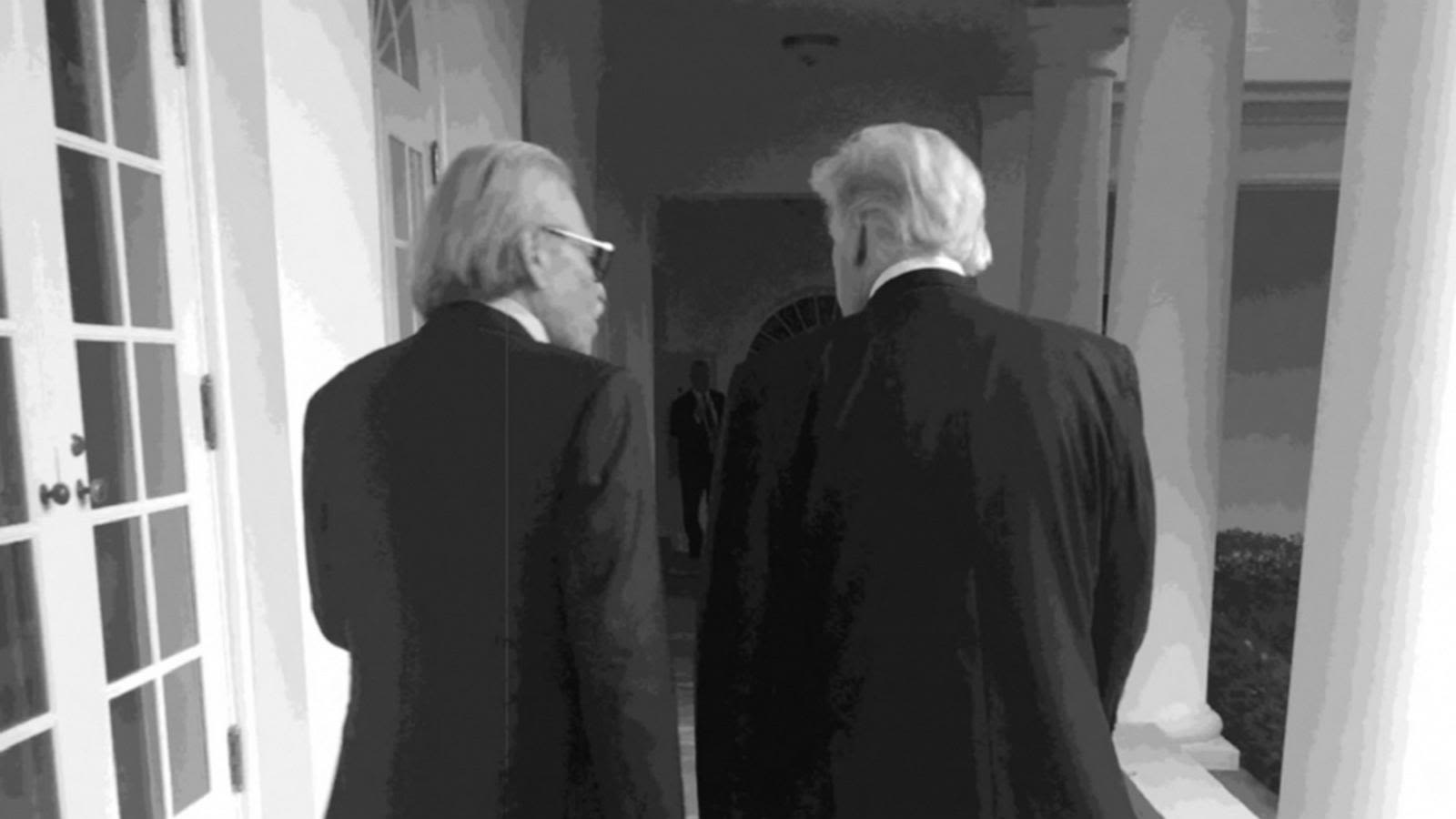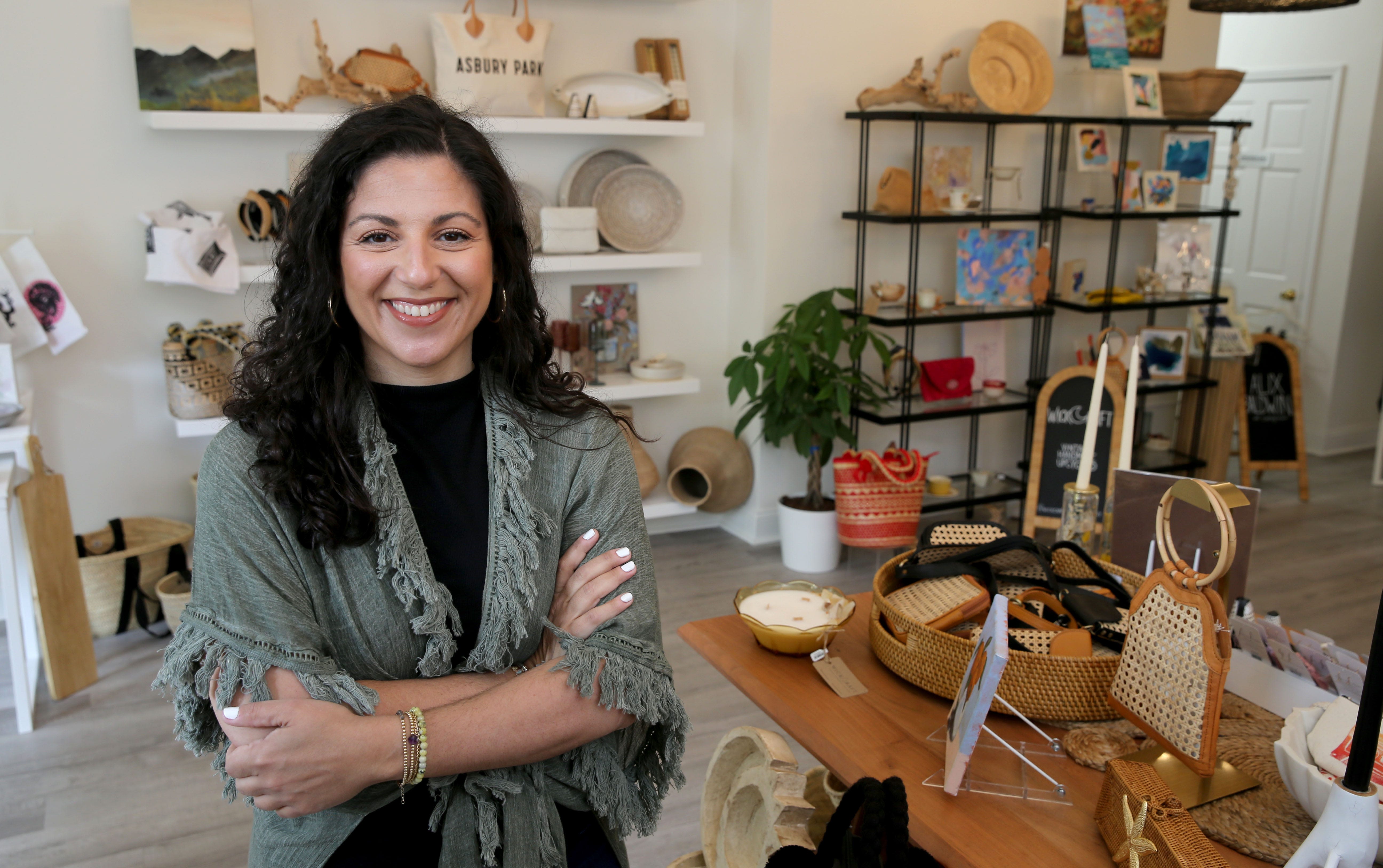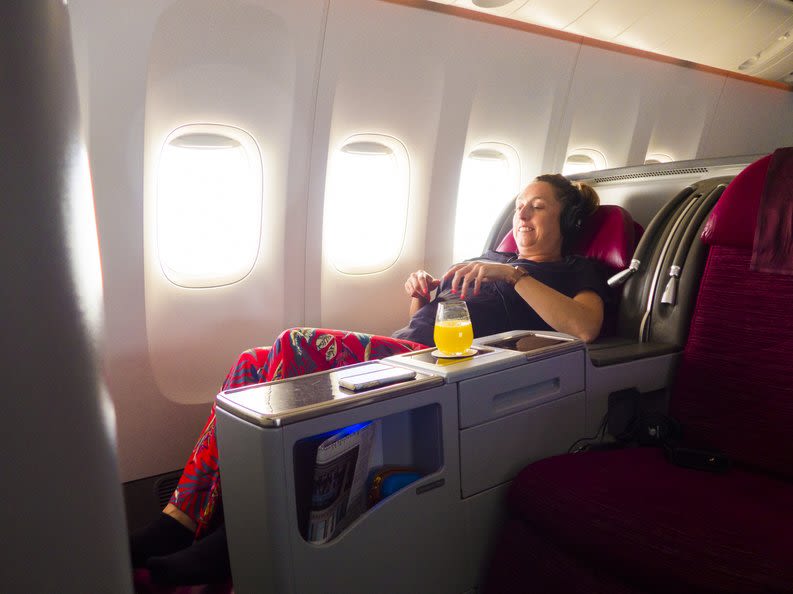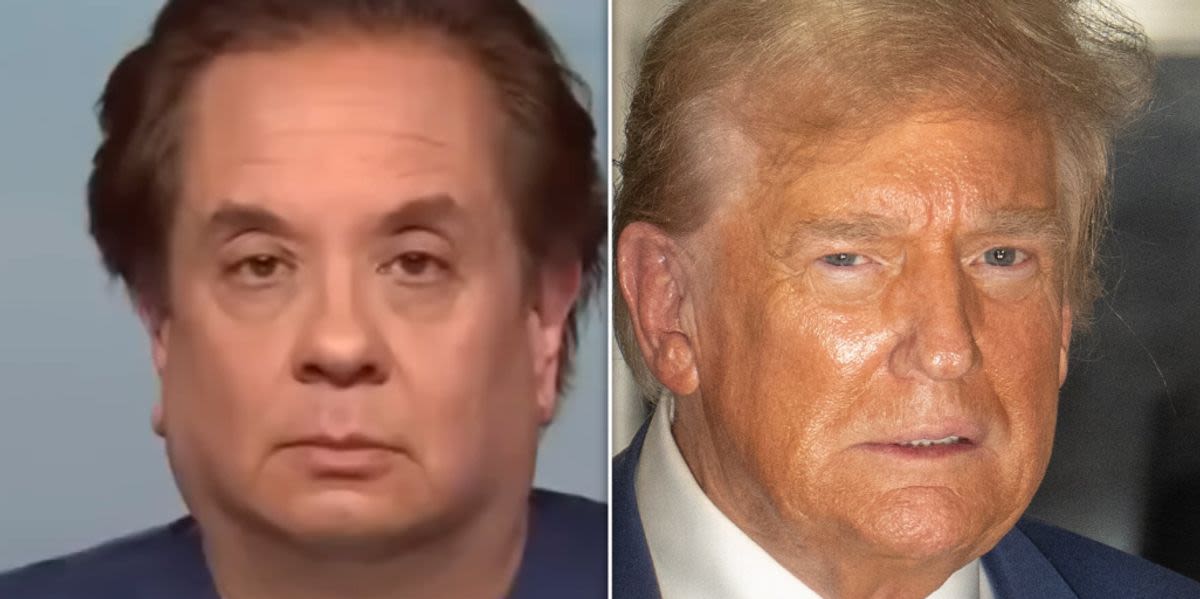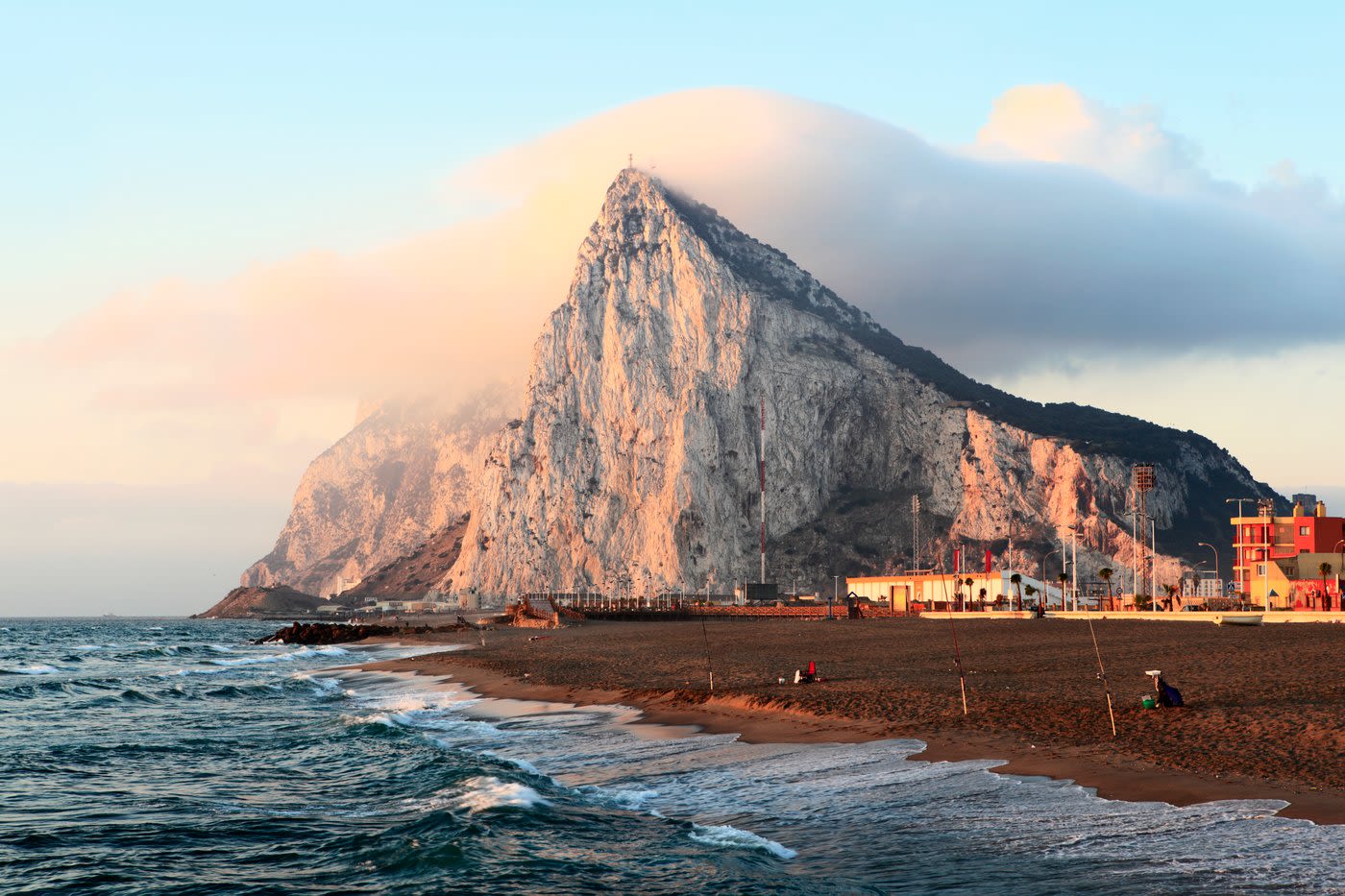Search results
While the use of metal for money can be traced back to Babylon before 2000 BCE, standardized and certified coinage may not have existed until the 7th century BCE. According to many historians, it was during this time that the kingdom of Lydia (in present-day Turkey) issued the first regulated coins.
News about hush money, Donald Trump, Met Gala
News about business class, points, perks
News about George Conway, Donald Trump, Michael Cohen
Also in the news
Apr 5, 2024 · money, a commodity accepted by general consent as a medium of economic exchange. It is the medium in which prices and values are expressed; as currency, it circulates anonymously from person to person and country to country, thus facilitating trade, and it is the principal measure of wealth.
Money, also sometimes called currency, can be defined as anything that people use go and to buy goods and services. Money is what many people receive for selling their own things or services. There are lots of different kinds of money in the world. Most countries have their own kind of money, such as the United States dollar or the British pound.
Jan 22, 2024 · Money is any item or medium of exchange that symbolizes perceived value. As a result, it is accepted by people for the payment of goods and services, as well as the repayment of loans.
Currency is the unit of money used by the people of a country or a union of countries for buying and selling goods and services. Certain currencies are said to be "pegged" or "fixed" to something, usually another currency.
Sep 30, 2023 · The Bottom Line. Money is some item of value that allows people and institutions to engage in transactions that result in an exchange of goods or services. Money has to be exchangeable, convenient ...
In standard economic theory, money is held to have four functions: to serve as a medium of exchange universally accepted in return for goods and services; to act as a measure of value, making possible the operation of the price system and the calculation of cost, profit, and loss; to serve as a standard of deferred payments, the unit in which ...
